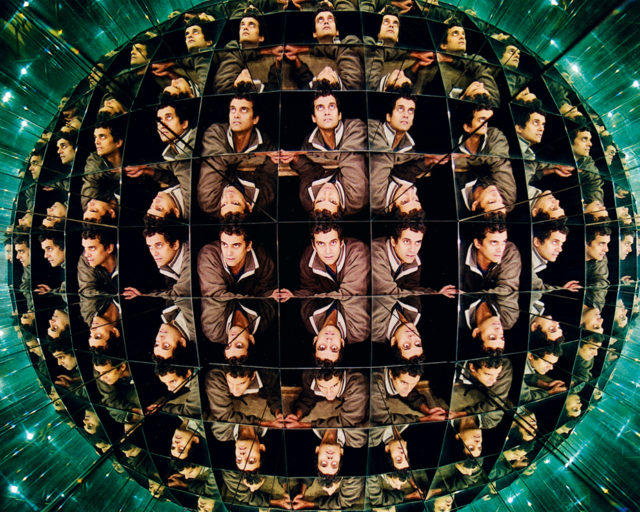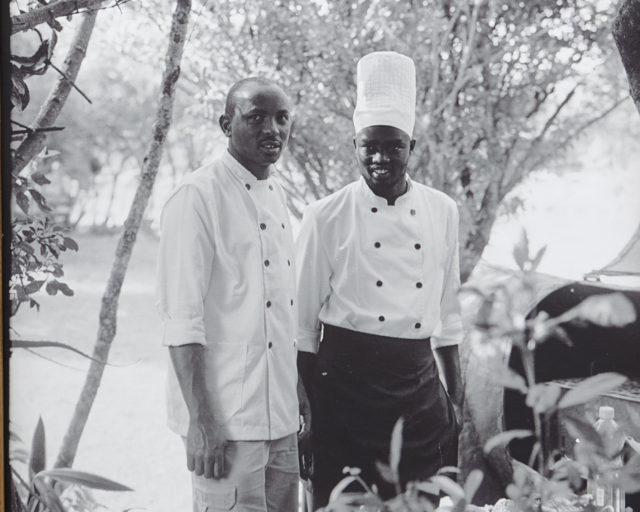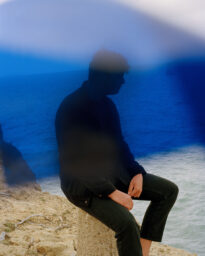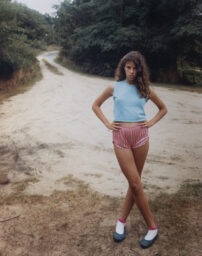Mohamed Bourouissa’s Staged Portraits of Youth on the Peripheries of Paris
In a new photobook, Bourouissa returns to his signature series “Périphérique,” a critique of French culture and the politics of representation.
Mohamed Bourouissa, L’impasse (detail), 2007
Mohamed Bourouissa was still an art student in 2004 when he took his first photographs of young people, mostly his male friends from the banlieues, or suburbs, of Paris. He had wanted to represent their particular sartorial aesthetic. At the time, the Parisian transportation system was laid out such that the easiest way for kids living in different banlieues to meet was to take the direct train to Châtelet–Les Halles in the center of the city. On arrival, their dynamic style a lot of brightly colored athletic wear—stood out among the drab but formal uniform of most Parisian kids, clearly marking them as residents of the peripheries. They were obviously issus de l’immigration—second- or third-generation French youth whose families were from the former colonies—though no one really articulated these distinct identities at the time.

Not long afterward, in the fall of 2005, widespread demonstrations broke out in the banlieues following the deaths of two young men from one of the neighborhoods who were running to escape police. Bourouissa realized he’d been on to something and spent the next three years working on a modified concept of the project. He relocated it out to the banlieues, to the spaces of the périphérique, as the series, made from 2005 to 2008, came to be called, these urban areas that border the city but are clearly not of it. And, pivoting from what had begun as a documentary project, Bourouissa decided to stage the photographs. Bourouissa’s background was in painting, and he wanted to incorporate the formal compositions and attributes he had come to love from classical French painters—the tensions expressed through the gestures of the hands, the suggestiveness of the gaze.
“All these things that are really part of European culture,” Bourouissa told me recently, “I wanted to reinterpret with this new French youth, with its own history, its own codes.” For example, in La main (2006), from Périphérique, a young woman reclines on a bed like a figure of erotic romanticism, gazing at a man who is leaning over her with a hand placed on her abdomen, which is illuminated by a strip of light from a window. A third figure, another man, looks on ambivalently from a darkened corner behind them. Another from the series, La république (2006), shows a scene of collectivity; whether the group is engaged in some kind of combat, or rebellion, or something else, we don’t know. A French flag is planted provocatively in the upper corner as the men signal to each other in a kind of sacral drama. Still, the staging is subtle, not necessarily immediately obvious enough to draw a stark distinction from documentary photography.
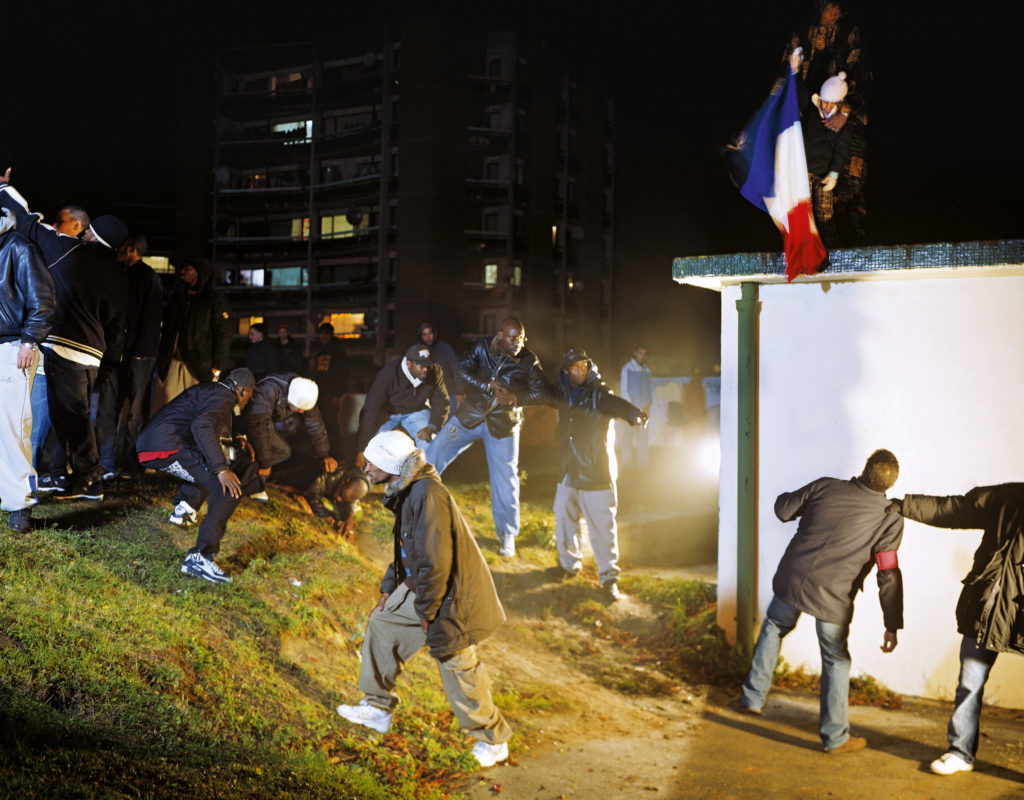
Périphérique, which in fall 2021 was collected in a monograph published by Loose Joints, is heavily male: its subjects are mostly young men, and masculinity itself is a clear topic of study. Some of these men were Bourouissa’s friends, the people he saw most often and knew best. But the choice was also, in part, pragmatic—the public spaces of the banlieues were then, and still are, male spaces, where young men hang out together and where complicated notions of masculinity are worked out. “How do you affirm yourself when your parents are devalued by society?” Bourouissa asks. Social standards, he observed, demand that everyone be powerful, strong, and rich. How does one construct a sense of one’s own power in relation to others if it cannot be inherited? Amid the poverty that surrounded him and his friends, the answer was through the body. “It’s almost like a reproduction of the mechanisms of power in the body,” Bourouissa says. “There is a physical experience of what we live through. And we incorporate that experience into our bodies as a kind of memory.”
When he looks at these photographs now, Bourouissa sees very clear differences: “Race” was a word that no one spoke at the time.
Périphérique brought Bourouissa widespread recognition before the age of thirty. Photographs from the series were included in New York at the New Museum’s inaugural Triennial, in 2009, an international exhibition of young artists titled Younger Than Jesus; are in the permanent collection of the Musée national de l’histoire de l’immigration, in Paris; and were recently displayed at a solo exhibition in Copenhagen, at the Kunsthal Charlottenborg. Many of Bourouissa’s admirers suggested that he continue focusing on the topic, but he decided to diversify and moved on to other projects, including Shoplifters (2014), for which he repurposed a collection of disarming Polaroids of shoplifters in New York, and Brutal Family Roots (2020), an immersive installation that used acacia trees to reflect on migration and dispersion. Still, he considers the fact that Périphérique is being published in book form now, for the first time, more than a decade after the work was created, an indicator that it has stood the test of time.
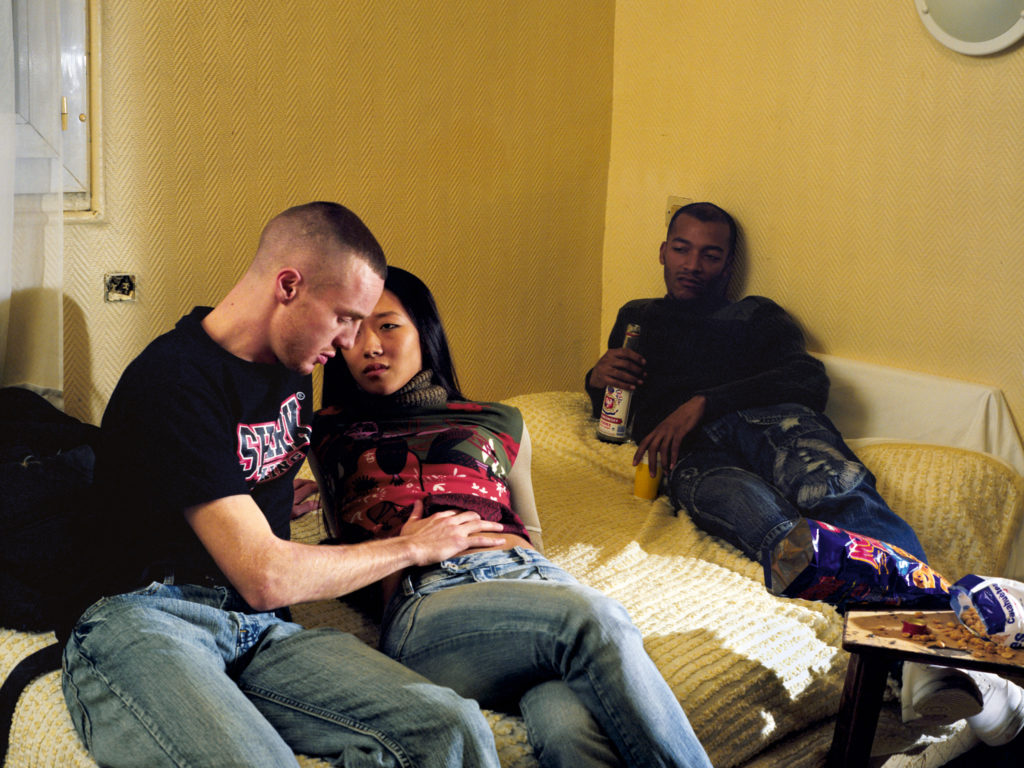
All photographs courtesy the artist and Loose Joints
It is tempting to look at Périphérique, from the mid-aughts, and ask what, if anything, has changed. Clearly, with regard to poverty, stigmatization, and the myriad issues affecting identity and history in the banlieues, with France’s ongoing cultural battles playing out in the background, one might take a pessimistic view. But Bourouissa insists that when he looks at those photographs now, he sees certain, very clear, differences: Race was a word that no one spoke at the time. “No one dared to name it,” he says, but that has changed. Now, people, especially young people, talk about matters of race, and the French are starting to “untie” what that word means, its implications in historical understanding, and the afterlife of history in France today.
Mohamed Bourouissa’s Périphérique was published by Loose Joints in November 2021. This piece originally appeared in Aperture, issue 246, “Celebrations,” under the column “Backstory.”











